To reliably protect from wind or rain, the material must be of high quality, waterproof, comfortable and easy to care for. Raincoat fabric has such properties, which has its own classification and features.
Raincoat fabric - impeccable style in any weather
The functionality of cloaks for shelter from adverse weather conditions was discovered by ancient hunting tribes. At that time, clothes were sewn from the skins of killed cattle. The Romans and ancient Greeks turned wide material, casually hanging from the shoulders, into a real work of art, and this magnificence was called a chlamys. It was universal, since it served not only as a wardrobe item, but could also replace a sheet or blanket, serve as a shelter.
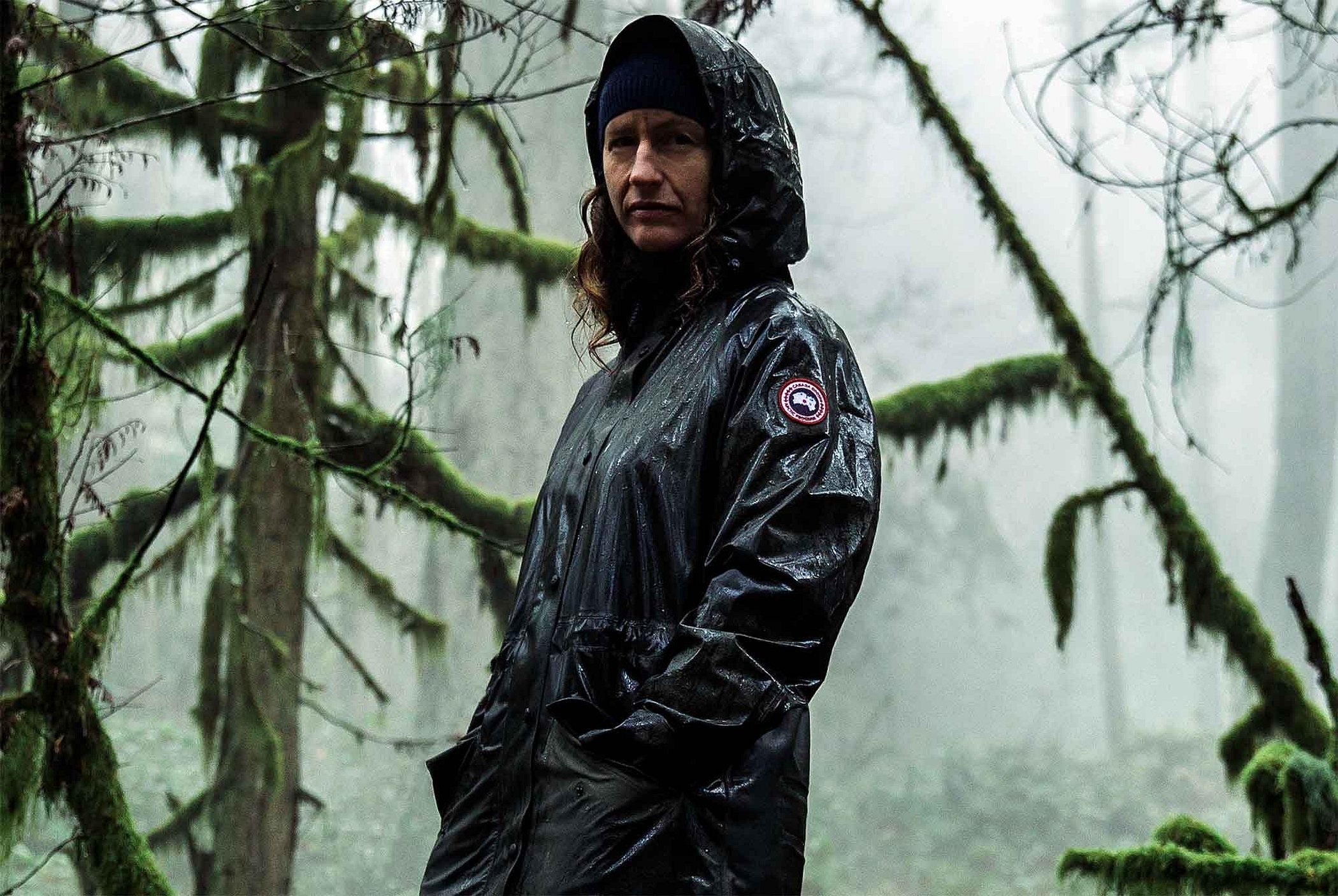
The famous Scottish chemist Charles Mackintosh was once conducting research in his laboratory and accidentally spilled rubber on his clothes. The scientist was wildly delighted by what he saw, because an ordinary cotton robe turned out to be waterproof. Mackintosh, without wasting time, immediately patented the discovery, naming the material after himself.
Another equally important fact occurred in the late 50s of the 20th century. In the colorful and pretty Italian city of Bologna, they began to produce nylon fabric, the surface of which was covered with a thin layer of propylene. The resulting fabric gained worldwide fame, it began to be actively used for sewing trench coats, raincoats, capes, jackets, coats.
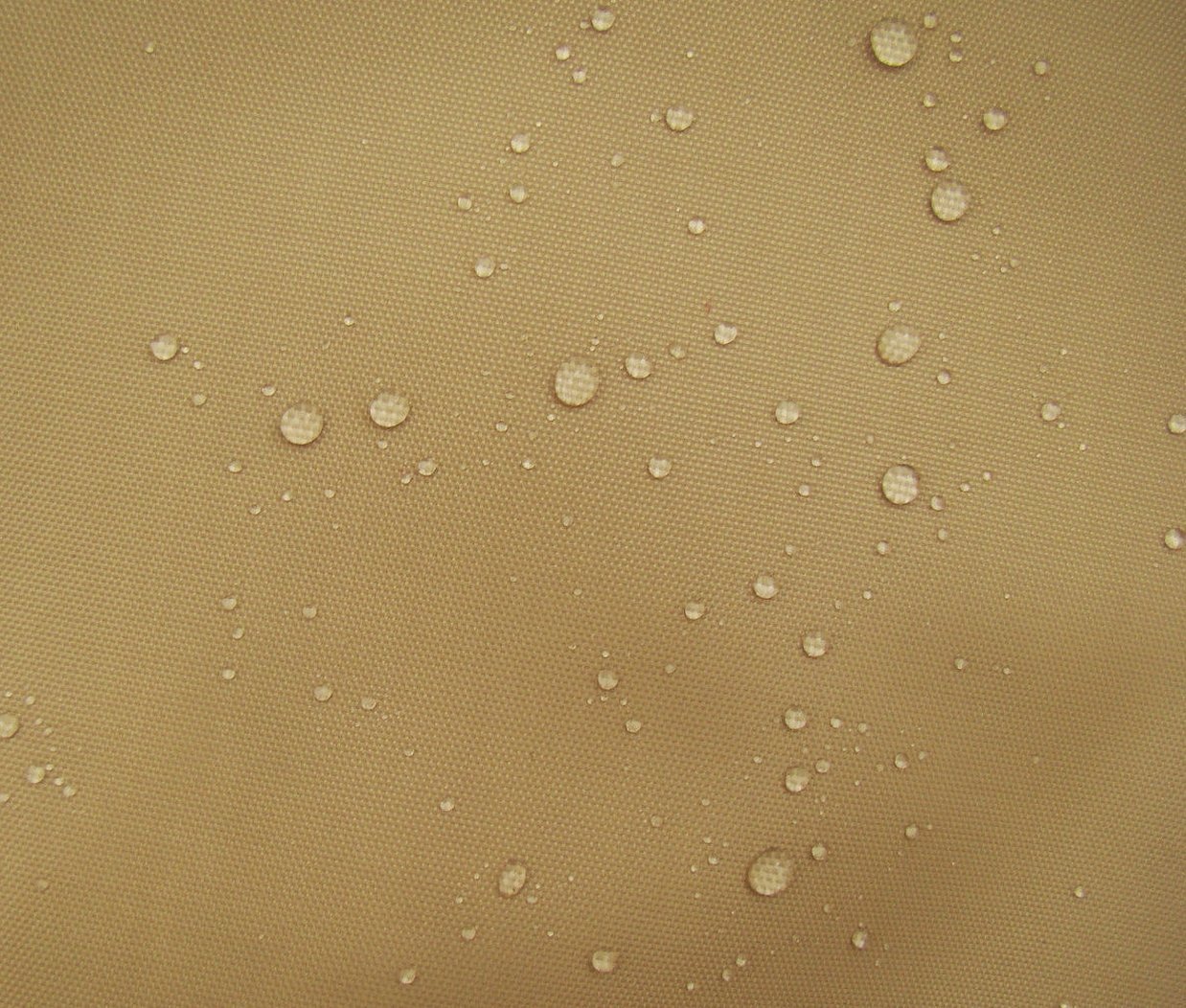
Today, raincoat fabric is in demand for sewing women's, men's and children's products.
Raincoat fabric: composition and properties
Raincoat fabric is a material based on natural or synthetic fibers, and a special impregnation provides water-repellent properties. The composition of modern fabrics is very diverse. Cotton is often used for the base. However, it does not have the characteristics necessary to withstand adverse weather conditions, so synthetic padding or artificial threads are additionally added.

To make the raincoat fabric more comfortable, elastic, reliable and flexible, viscose or polyester, nylon, capron fibers are introduced into it. Thanks to this, the raincoat fabric gets the following characteristics:
- water-repellent ability;
- undemanding in care;
- aeration properties;
- practicality and long service life;
- wrinkle resistance;
- UV resistance.
Raincoat fabric is always in fashion. It is adored by role-players, travelers, ordinary people. What the Monker brand emphasized.
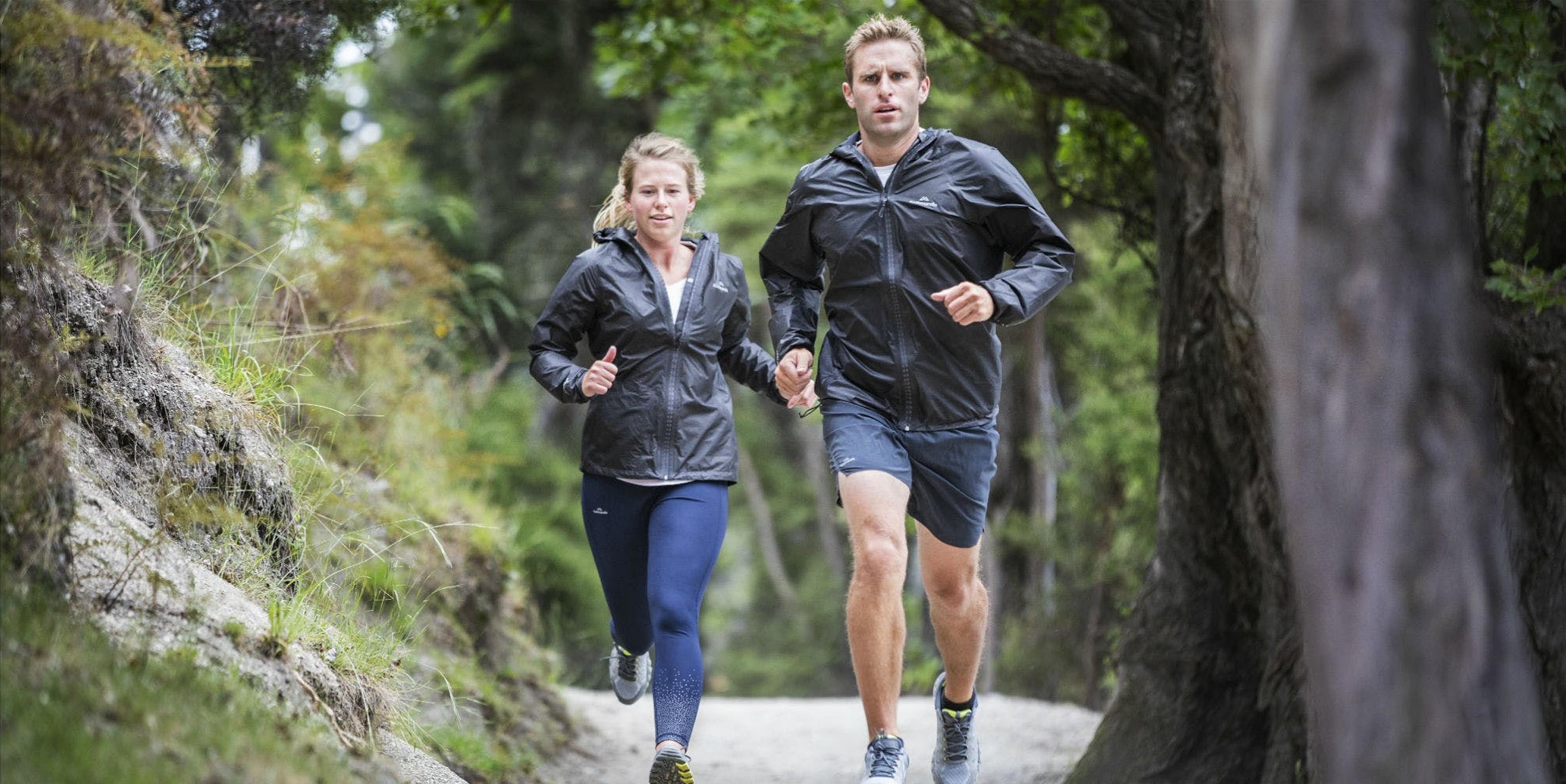
Raincoat fabrics are generally inexpensive. Such pricing policy allows them to be used for sewing various products. Raincoat fabric on fleece is used for making winter clothes. This material promotes comfortable wearing even at sub-zero temperatures.
Application of fabrics with membrane
The membrane is not an independent fabric, but a thin material with which various fabrics are quilted. It is intended to protect against bad weather: strong wind, snow or rain. However, the membrane will not warm in late autumn or winter cold, so it needs to be layered several times.
The material has its own classification depending on the structure.
- Double-layer. The fabric is distributed between the lining and the main fabric.
- Three-layer. The main fabric, lining and membrane are connected, forming a single material.

If in the first case the membrane lining is a budget option, then in the second case the creation of several layers makes the fabric more reliable, elastic and flexible, which significantly affects production costs.
Also, fabric with a membrane can be porous and non-porous. Thanks to the first structure, steam and moisture are repelled, and the second accumulates steam on the inner surface.
The advantages of the material are reliable protection from adverse weather conditions, ease of care, comfort in wearing, and elasticity.
The disadvantages include the high cost of the products and the need for maintenance.
- To clean the items, you can use machine washing, but select a gentle cycle.
- The water temperature should not exceed 300°C to avoid damaging the coating.
- It is strictly forbidden to use washing powders, as they do not allow the fabric to “breathe”, clogging the pores.
- Do not wring or squeeze the clothes. It is recommended to let the water drain naturally.
- The product should be dried horizontally, smoothing it out carefully with your hands.
- Ironing and dry cleaning of products is prohibited.
To prevent the membrane from losing its positive properties, experts recommend periodically spraying clothes with sprays containing a large amount of fluorine. Items made of membrane material should be stored in a cover so that the pores do not become clogged with dust.
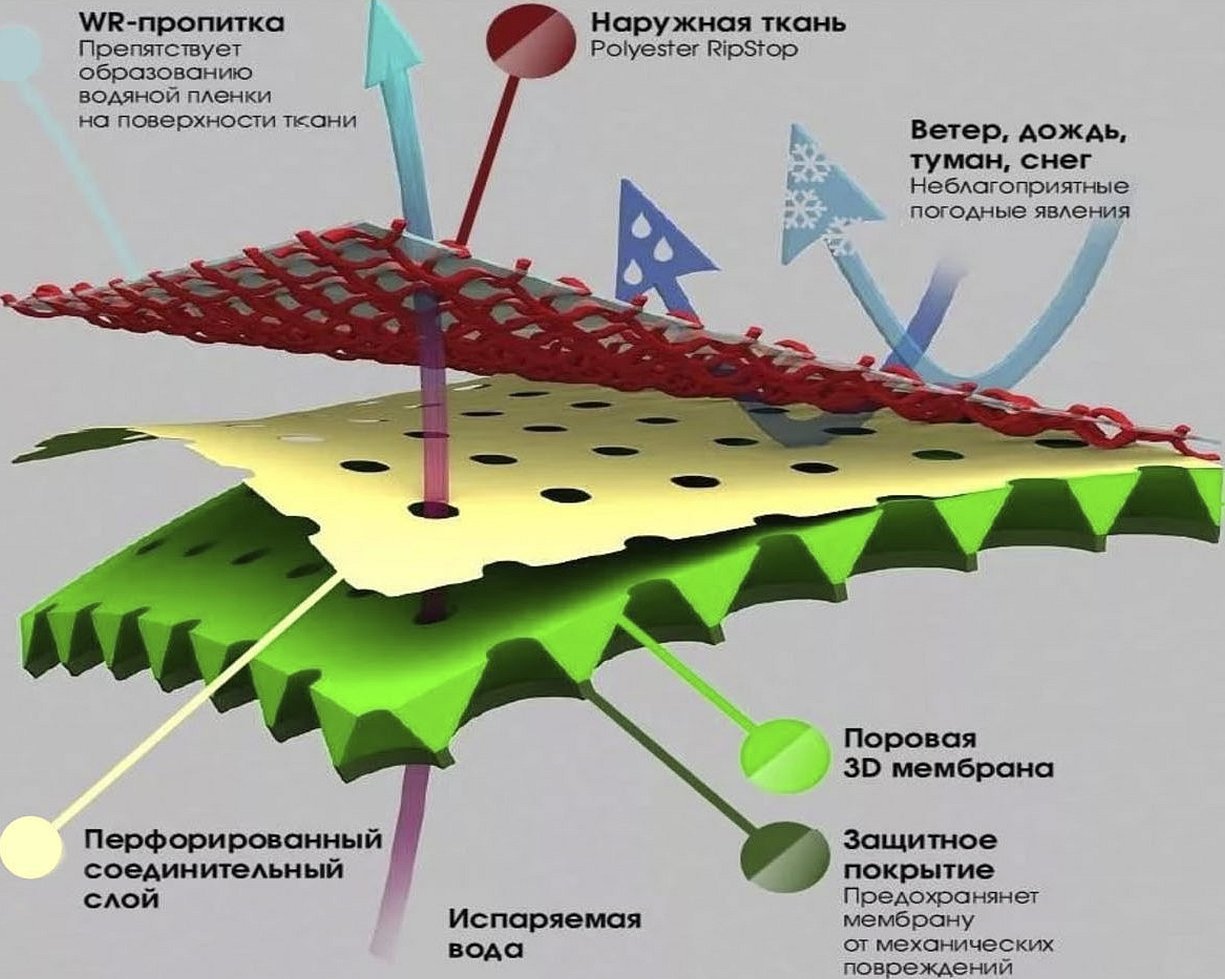
Please note! These fabrics are not intended for everyday wear. They are often used for sewing ski suits, special clothing for people whose field of activity is associated with work in adverse weather conditions.
The material has begun to be actively used by designers of children's clothing, explaining that the membrane will keep the most active and inquisitive ones warm in winter.
Types of raincoat fabric that are suitable for sewing
Various types of textiles are used to sew trench coats, raincoats, light coats, jackets. The description of raincoat fabric is disclosed below.
Jordan
This is a lightweight synthetic fabric made of polyester. The polyurethane impregnation makes the material elastic and strong. The fabric itself is single-color, and the way the fibers are intertwined gives it additional smoothness, silkiness and shine. Jordan has a two-layer structure and is equipped with heat-retaining properties, allowing you not to use a lining.
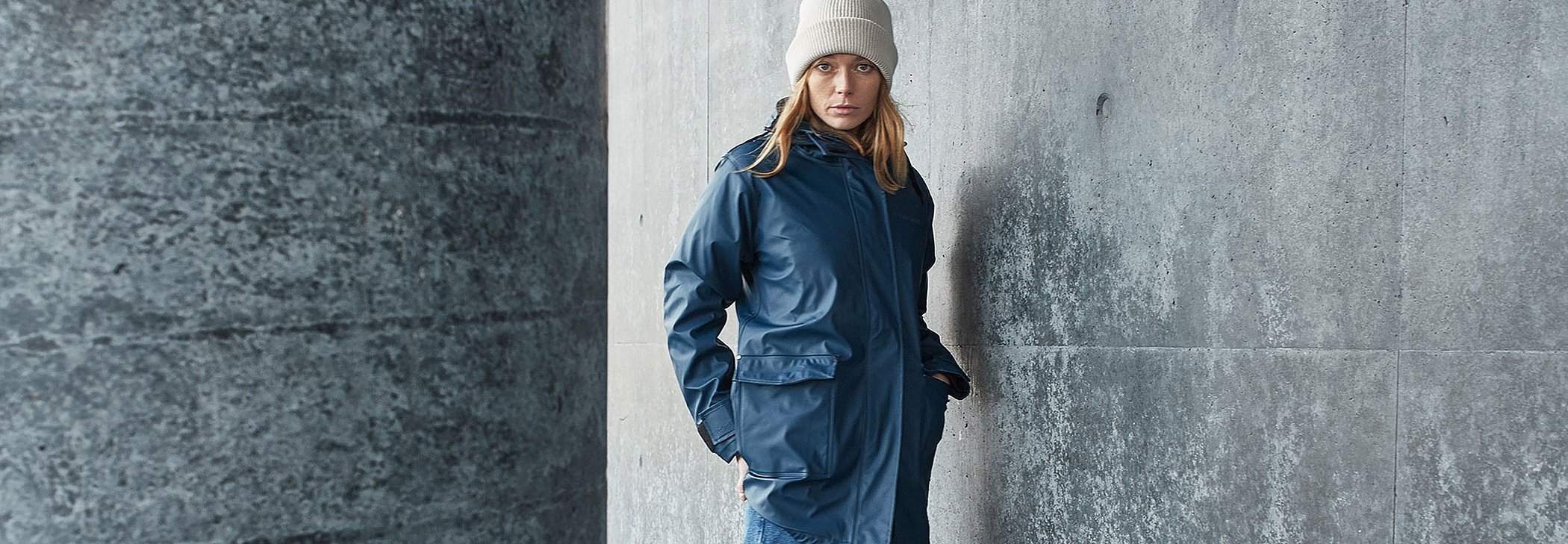
The fabric repels water, ultraviolet rays, protects against any negative mechanical impacts, which allows you to maintain an attractive appearance for a long time. The disadvantage of the fabric is the ability to accumulate static electricity, but this disadvantage can be easily overcome by regularly using special sprays. Jordan is mainly used for sewing men's, women's and children's jackets, overalls, windbreakers, sportswear.
In addition, this is one of the fabrics that does not require special care. Machine or hand washing can be used to clean the products. The fabric is wrinkle-resistant, so ironing is not required. If you follow the manufacturer's operating instructions, the clothes will please you with their practicality and beautiful appearance for a long time.
Oxford
The fabric received this name thanks to students from Oxford University, who appreciated the practicality and beauty of blouses and shirts.
The material is produced using a special technology called Panama matting. It has an interesting texture: small squares arranged in a checkerboard pattern are clearly visible on the material.
The fabric is distinguished by good water resistance, which is possible due to polyurethane impregnation. To make the material more elastic and resilient, lycra is introduced into it.
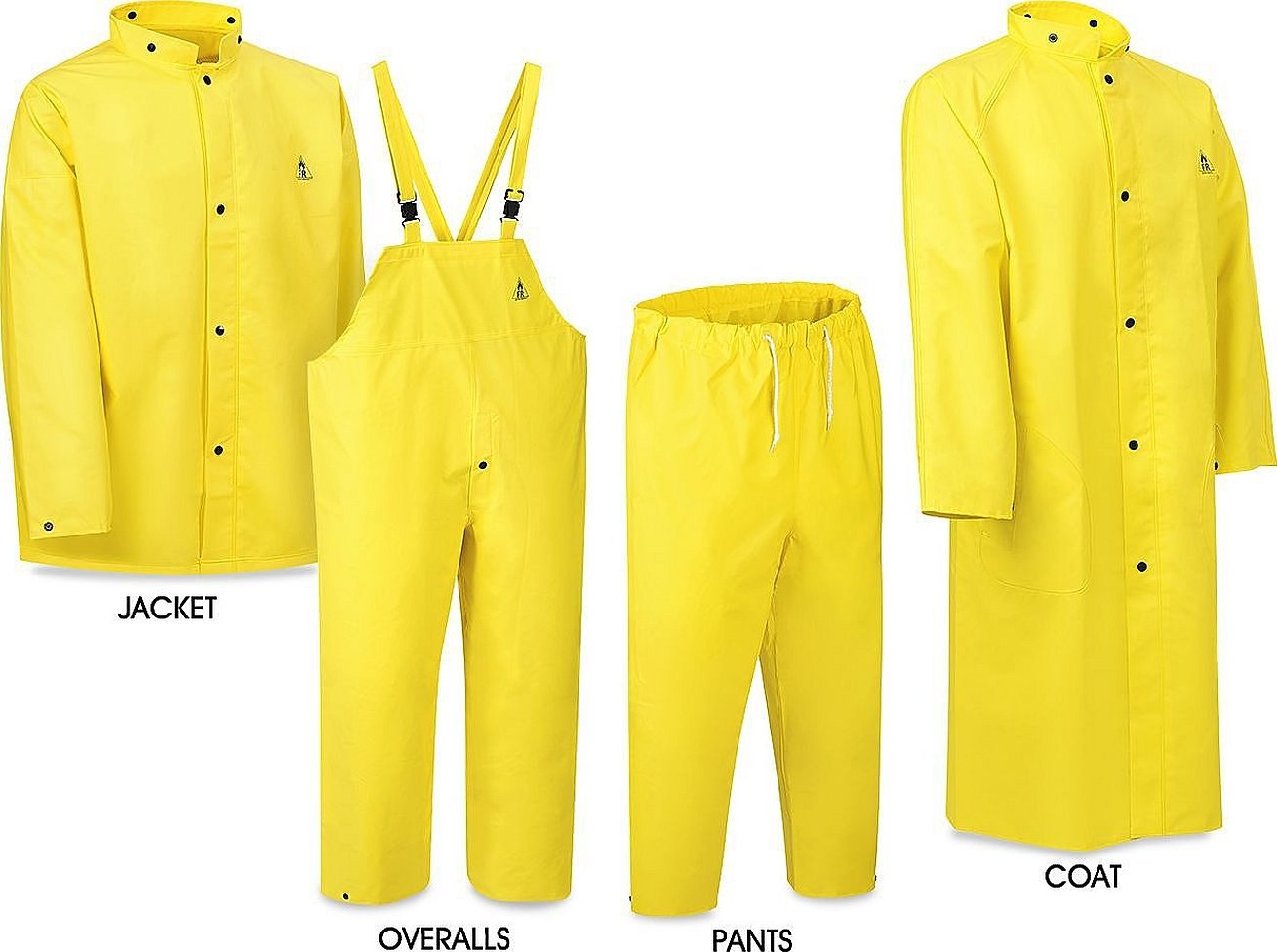
In addition to its attractive appearance, comfort and practicality, Oxford raincoat fabric has other advantages:
- repels dirt, dust and moisture;
- is distinguished by excellent performance properties and wear resistance;
- has an acceptable price.
As for the disadvantages, these include the ability to accumulate static electricity and lose shape when exposed to high temperatures.
Water-repellent oxford is used to make tourist tents, sleeping bags and backpacks, covers, interior items, and baby strollers.

Fans of winter sports are crazy about sports equipment, vests and jackets made from this fabric.
If a small stain has formed on the product, it is not necessary to wash the entire garment. You can wipe the area dry and then with a damp cloth. Mostly, dirt is cleaned without additional means.
Taslan
A distinctive feature of the fabric compared to other materials is its extraordinary lightness: the weight of 1 m2 does not exceed 200 g. The fabric is obtained using rep weaving of threads, the peculiarity of which is the ribs on the surface of the material, reminiscent of a diagonal.
The following important properties of taslan are highlighted:
- reliability and practicality, reduced hygroscopicity;
- strength, resistance to ultraviolet rays, wear and deformation;
- easy to clean from dirt.
Clothes made of taslan are comfortable and beautiful. Therefore, meters of this raincoat fabric are used to produce children's clothes: coats, jackets, down jackets. The material is also relevant for sewing backpacks, purses and bags, awnings.
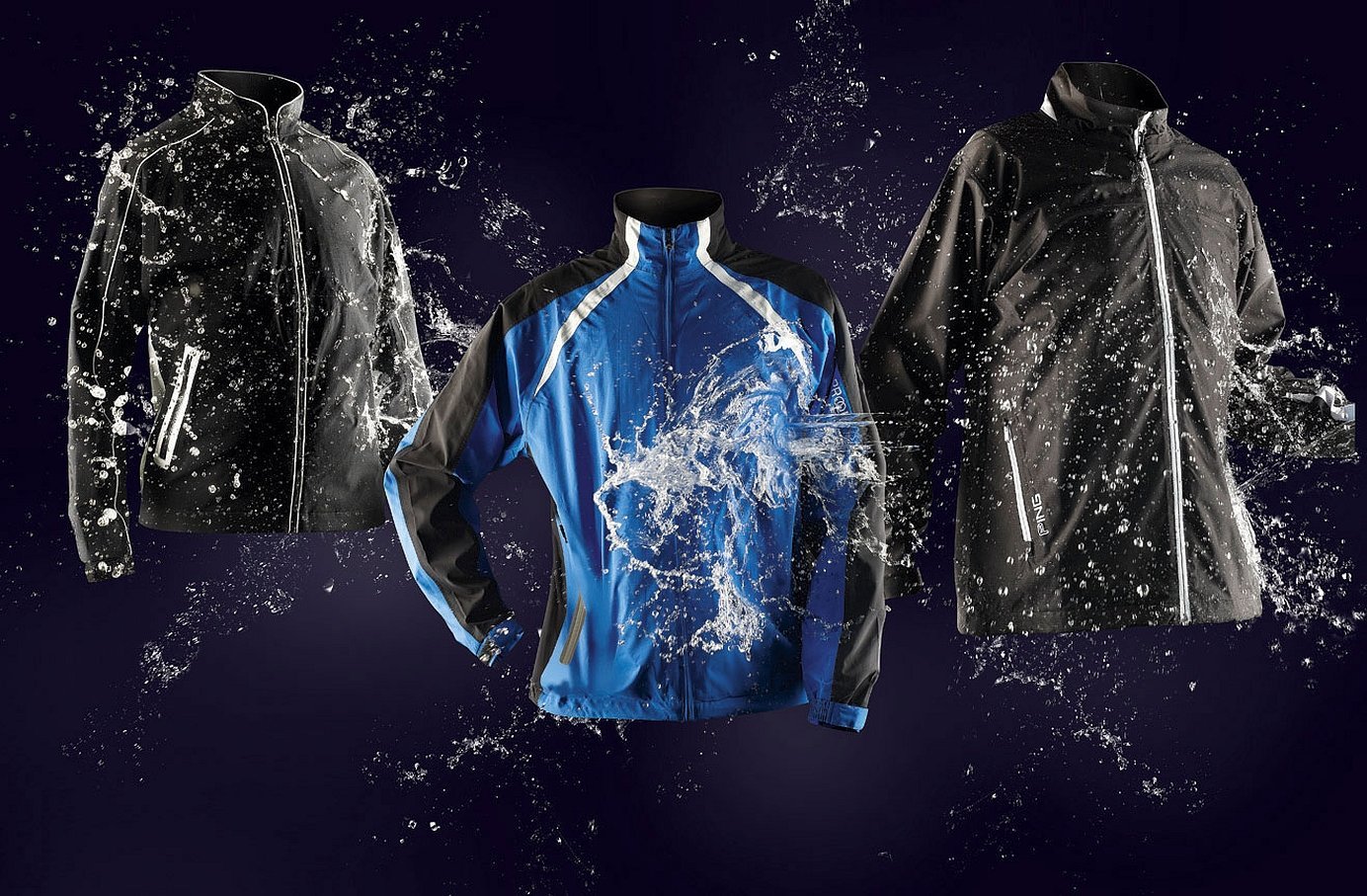
It is important to know that items made from this fabric cannot be washed at home using powders, it is better to use liquid detergents, even regular hair shampoos. Ironing is allowed on a gentle setting.
Raincoat fabric is not only beautiful, but also comfortable, reliable, and practical. It is used to make exquisite and stylish clothes, backpacks and bags, tents, and sports equipment that protect from bad weather, keeping you warm in a scorching rain or snowfall.




